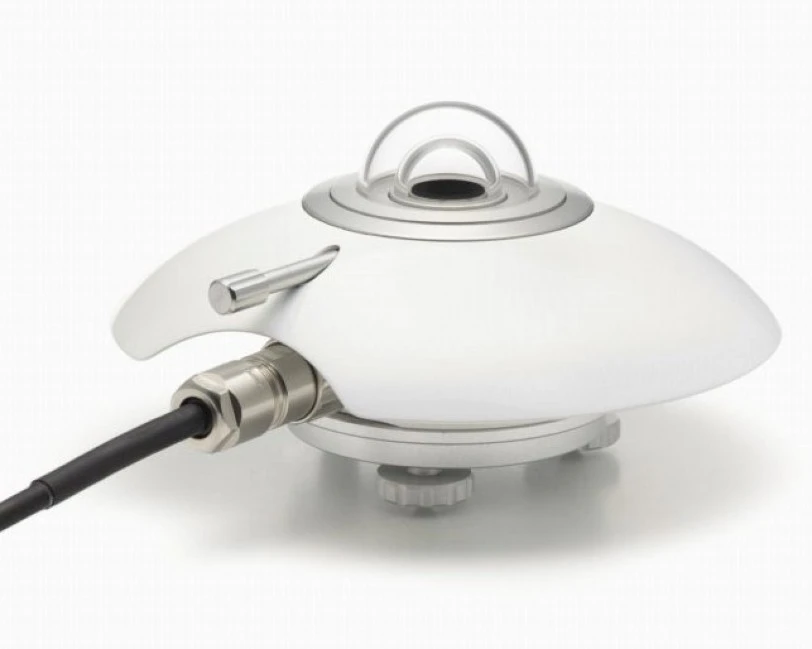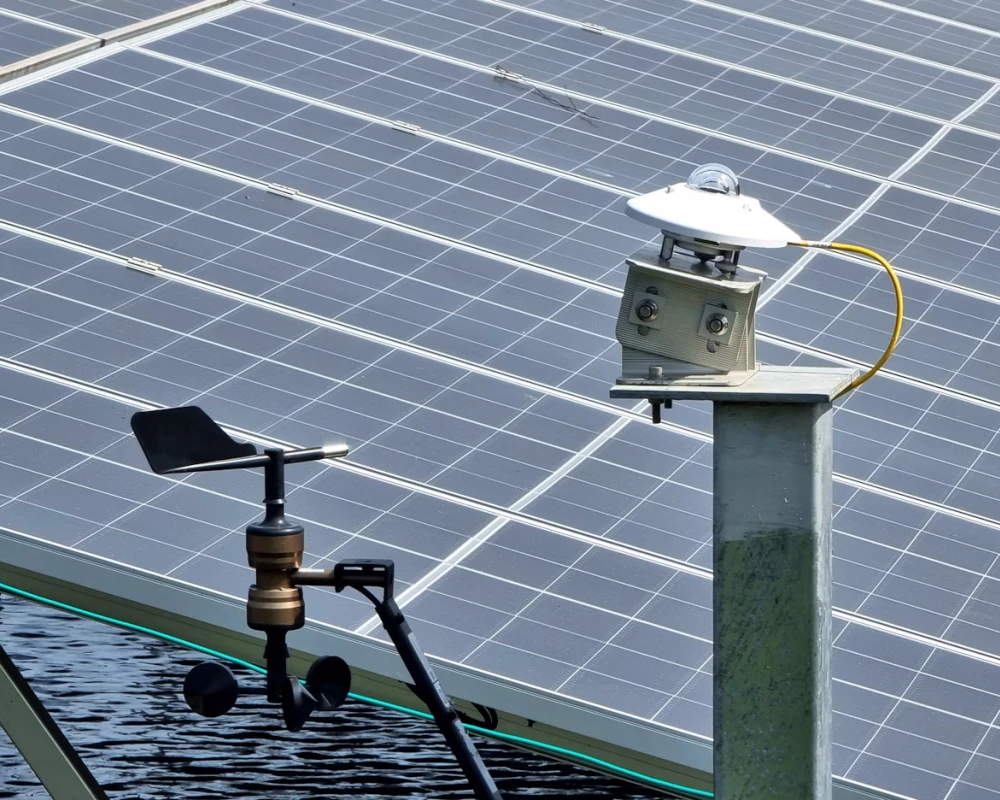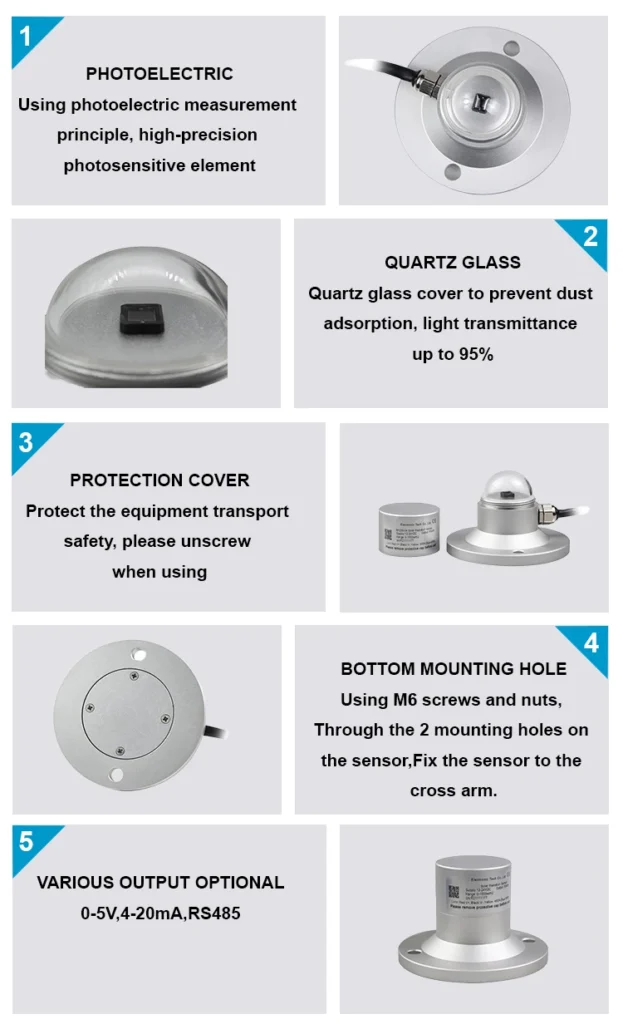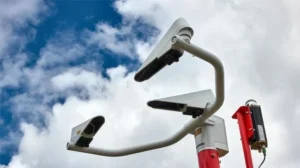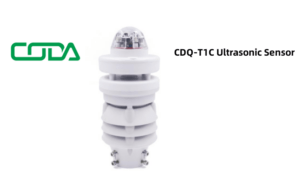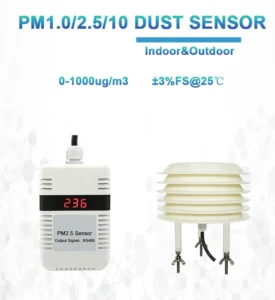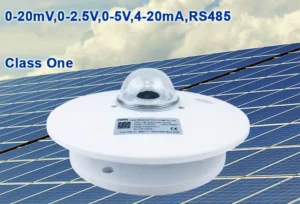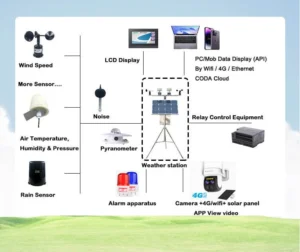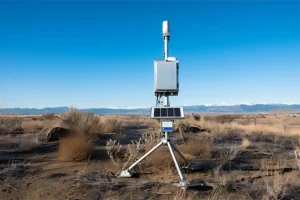What different a solarimeter from a pyranometer?
The solarimeter and pyranometer are tools that measure sunlight. They have different uses and features.
A solarimeter is a tool that measures total solar radiation on a surface. This includes direct sunlight and scattered light. Researchers mainly use it to study solar radiation patterns and their effects on the environment.
Principle and application
Researchers use solarimeters in weather studies, climate science, and solar energy research. These tools measure the solar energy that solar panels and other solar technologies can collect.
Meteorologists and researchers use a tool called a pyranometer. This tool measures all solar radiation.
Total solar radiation has two parts: direct sunlight and scattered light. Direct sunlight comes straight from the sun to Earth. Scattered light occurs when particles in the atmosphere, like dust and water vapor, change the sunlight’s direction.
This detailed measurement shows both direct and scattered light hitting a surface over time. It gives a clear view of the solar energy input at a specific location.
Meteorologists depend on data from pyranometers for many important reasons. This data is crucial for weather prediction. By knowing how much solar radiation hits the Earth, meteorologists can improve their models. This helps them predict temperature changes, cloud formation, and weather systems.
Solar radiation is vital for the Earth’s energy balance. Changes in this radiation can greatly affect local and regional weather patterns.
Technicians adjust pyranometers to get accurate readings of solar radiation. They often add temperature sensors and other features to reduce environmental effects.
A solarimeter measures the total solar radiation that reaches a surface. A pyranometer measures solar radiation on a specific surface over time. Meteorologists often use pyranometers to help with weather forecasting and climate analysis.
